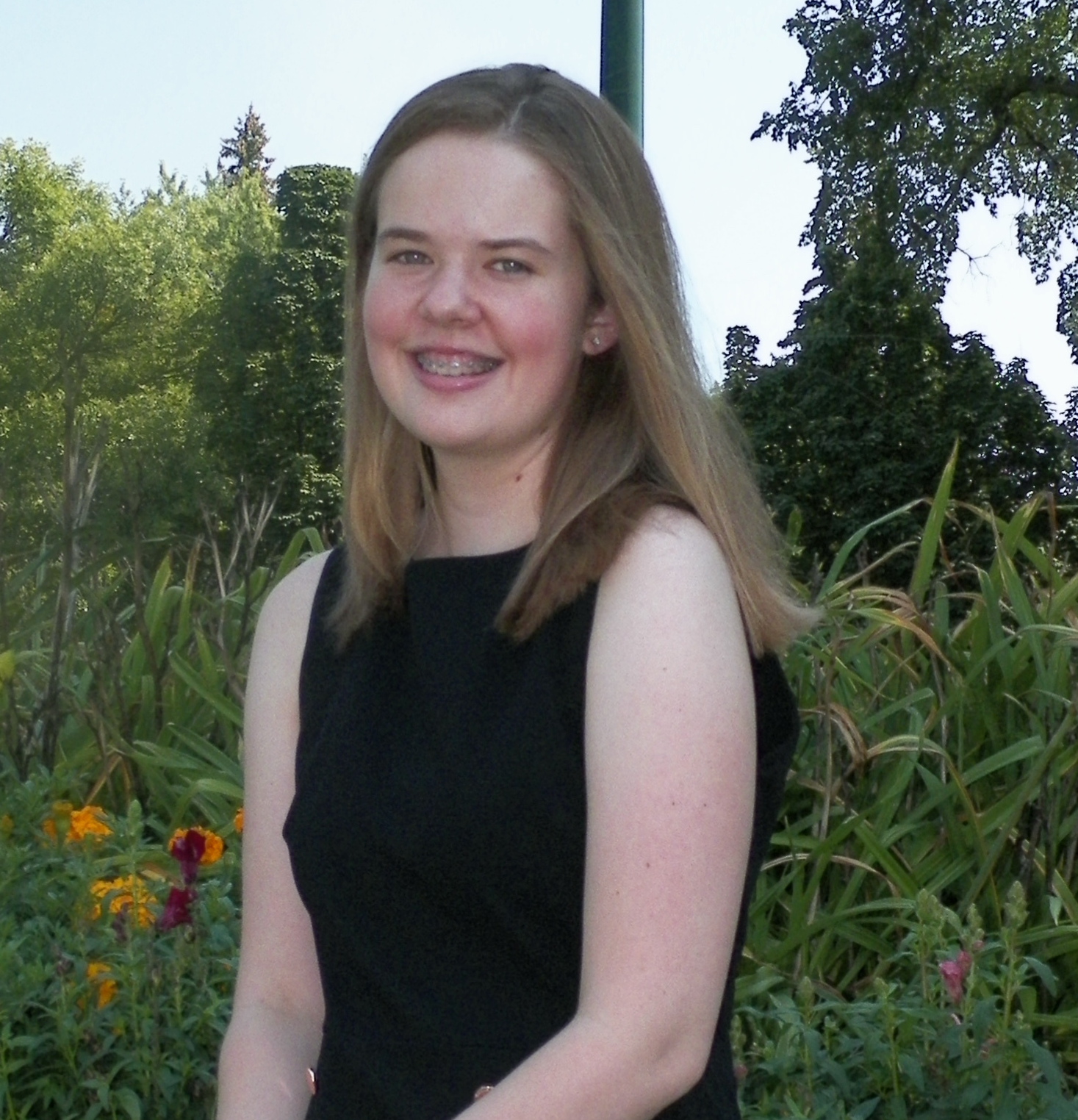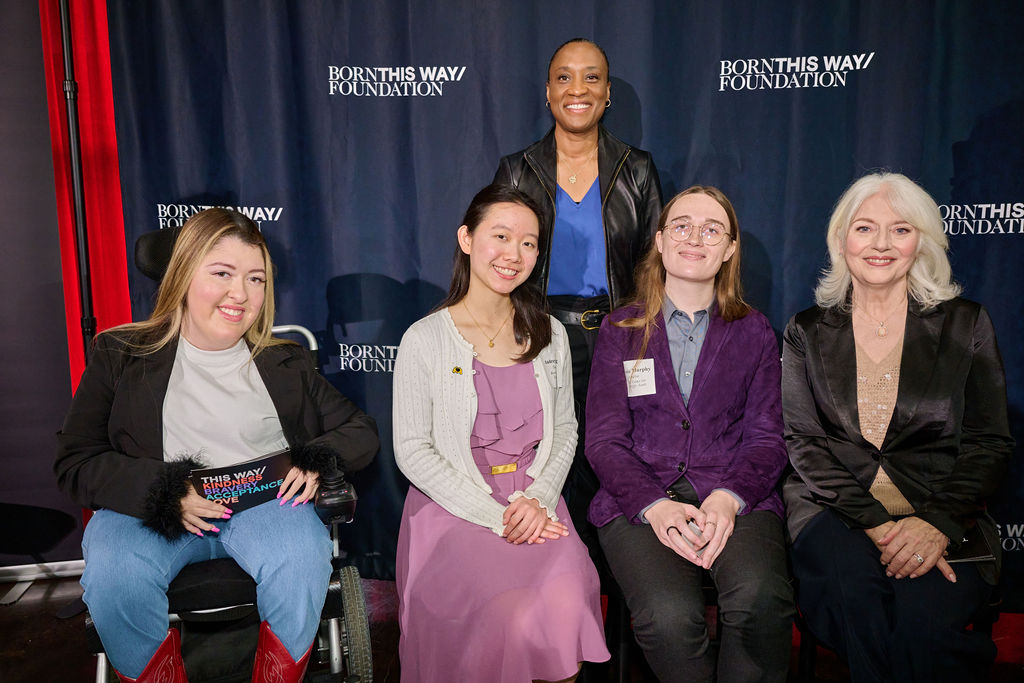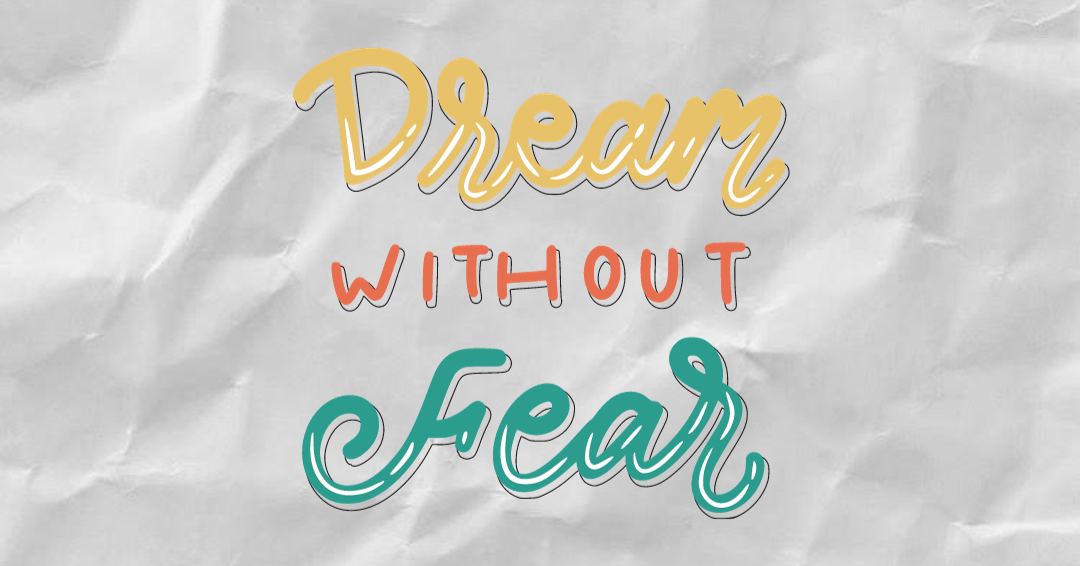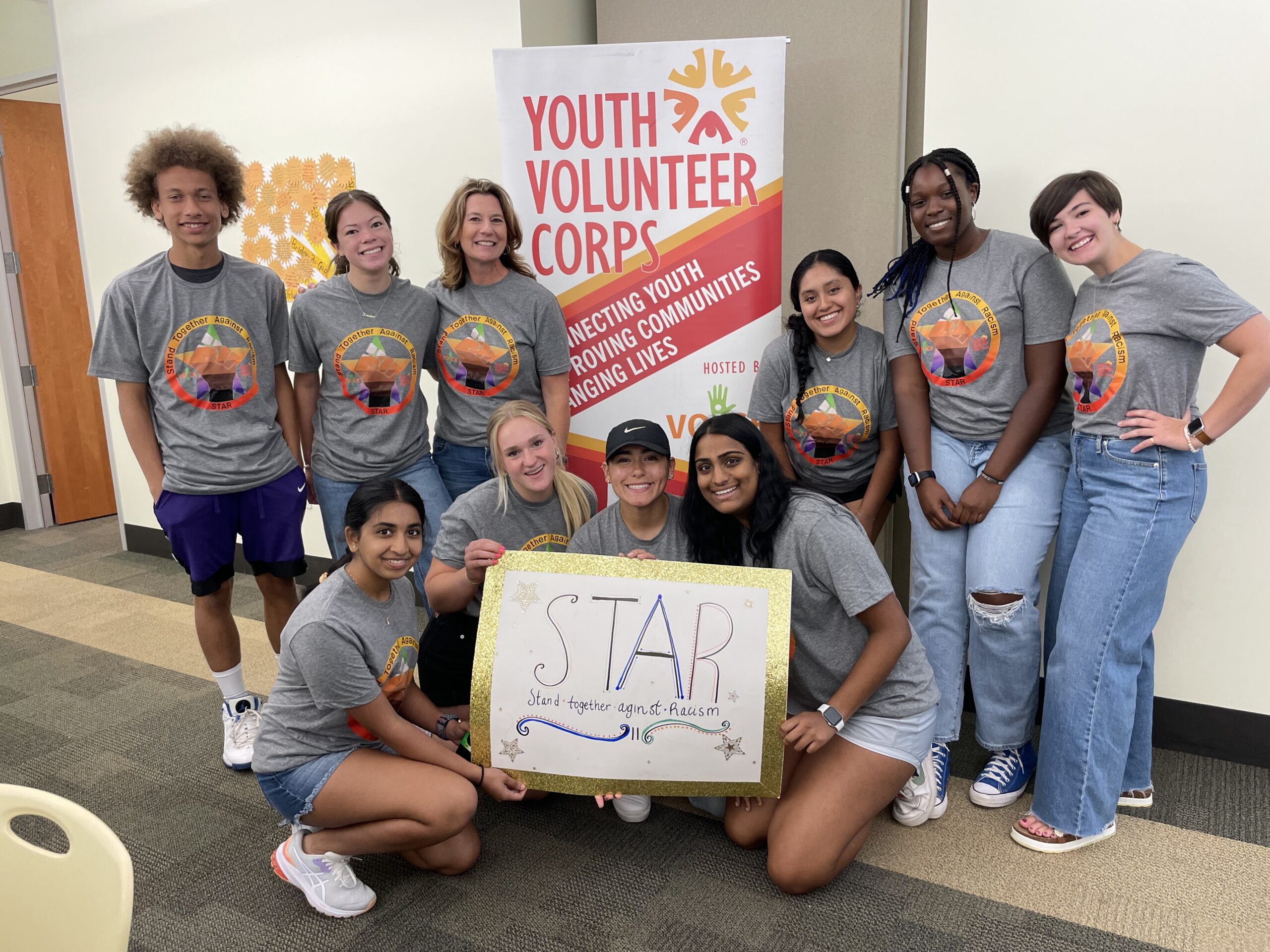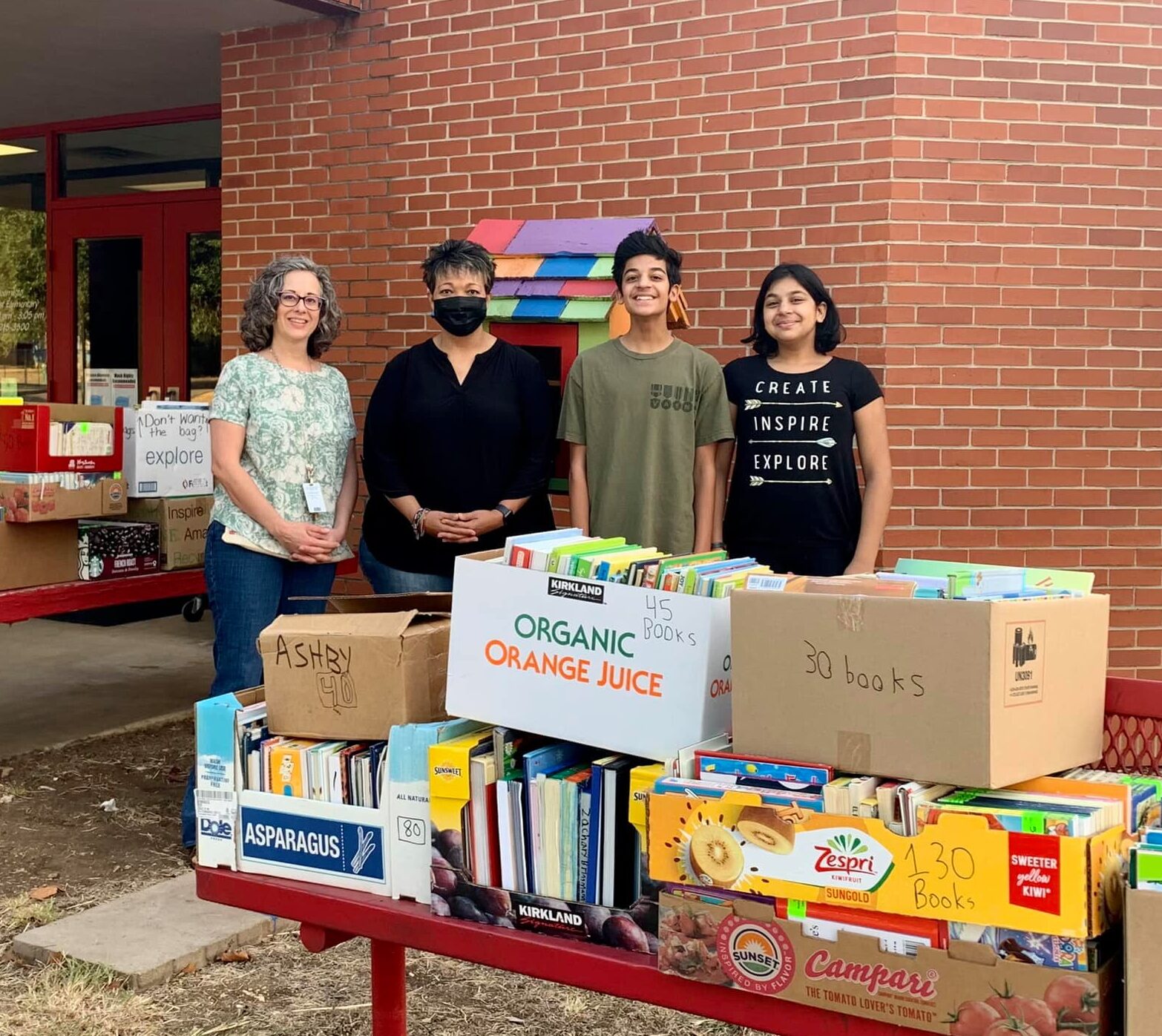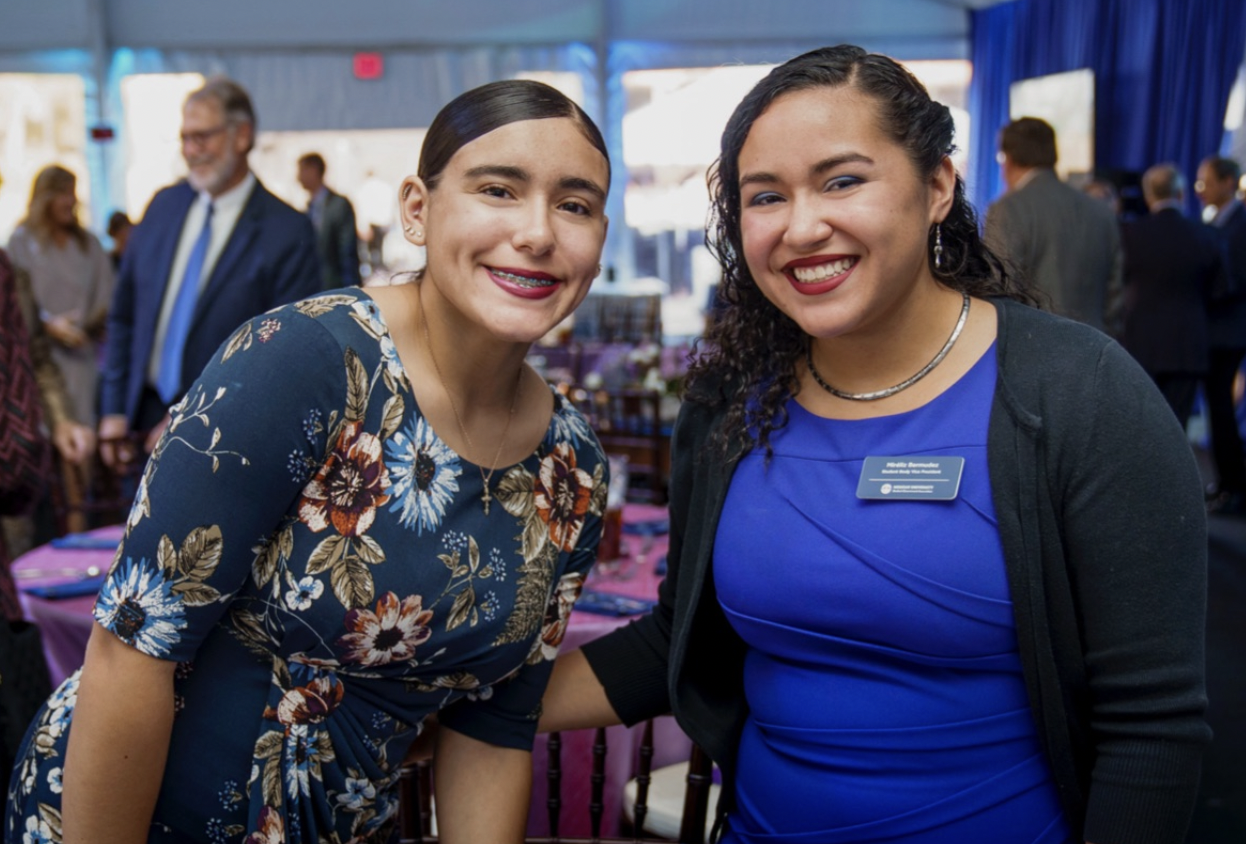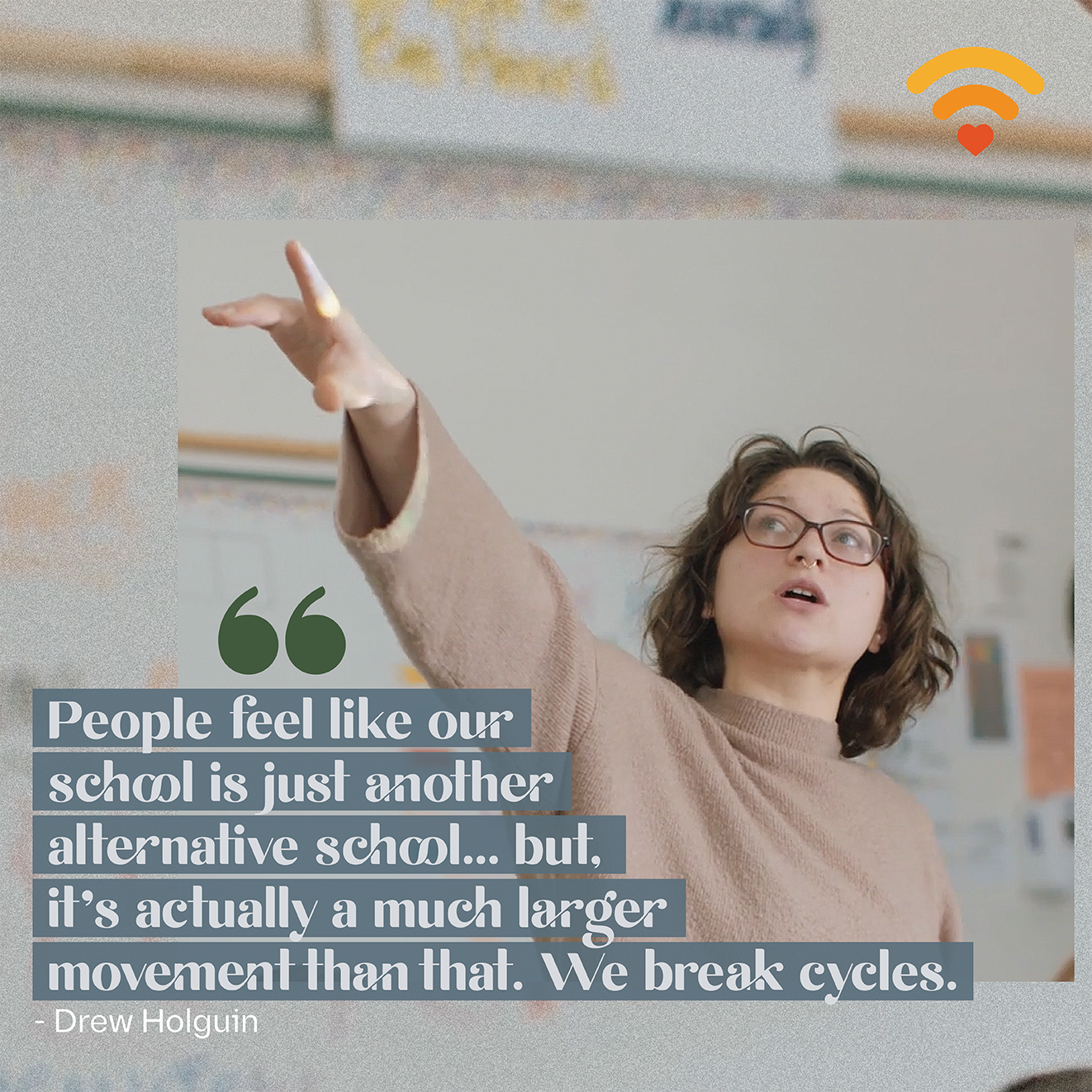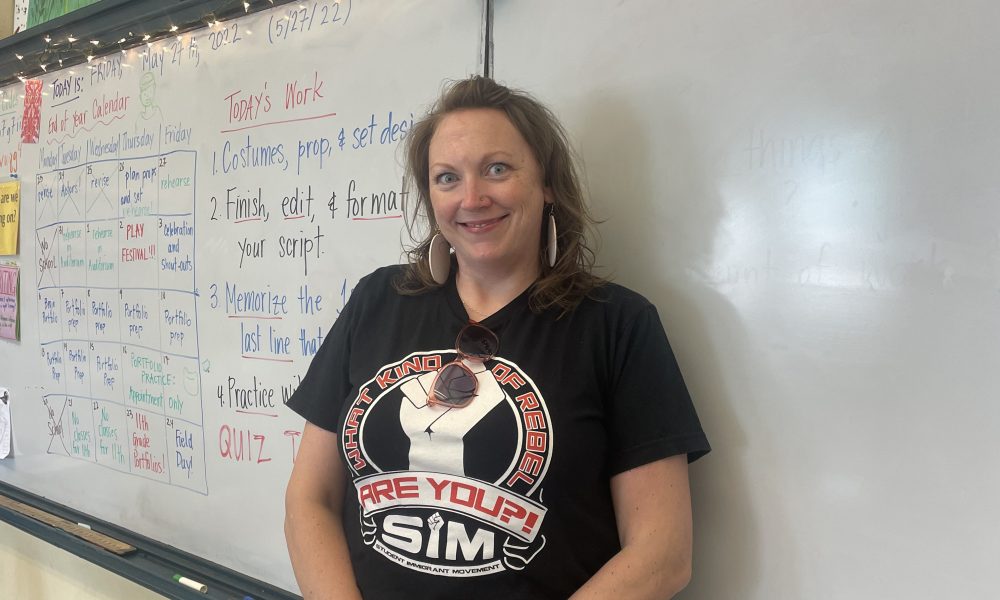“All day long, everyone in the whole wide world walks around carrying an invisible bucket. You can’t see it, but it’s there.”
These words begin Carol McCloud’s award-winning picture book Have You Filled a Bucket Today? The book’s message is simple yet powerful: we all carry an invisible bucket that represents our mental and emotional state. When we treat people with kindness, we fill their buckets with happiness and good feelings. When we tease, hurt, or bully other people, we “dip” into their buckets and take out some of the good feelings. Inside the book, smiling characters carry buckets across the pages. Colorful hearts and stars jump from one bucket to another, representing happy thoughts and feelings.
“It’s simple enough for a young child to understand,” said Carol McCloud, the book’s author. “You get to see the relationship between kindness and happiness, which is pretty amazing. An act of kindness brings happiness to people, both yourself and others.”
Since 2006, teachers and caregivers have used Carol McCloud’s series of bucketfilling books to teach social and emotional skills to children. So far, Carol has published 10 books that explain bucket filling to different age groups. Her books have sold over 3 million copies and have been translated into 10 languages. Her organization, Bucket Fillers, Inc., donates 50% of the proceeds from each book to charities that support children and families. Before Carol published her books and became known as the “Bucket Lady,” she was an early childhood educator in the Florida Keys.
“A teacher has the ability to fill a bucket in an amazing way,” Carol said. “Many teachers underestimate the impact they have—or can have—on the life of a person.”
When Carol first introduced the bucketfilling concept to her students, she never imagined that she would write a series of books that would be used in classrooms around the world. She simply wanted to teach her class about kindness.
“The research is very solid that the earlier you teach children to be kind, you sort of build kindness roads in their brain,” Carol said. “You develop that empathetic, compassionate side of their brain.”
Carol first learned about the concept of bucket filling while attending an early-childhood seminar in the 1990s. At the conference, a group of brain researchers presented information about Romanian orphans who had been institutionalized in the 1970s and 80s. The orphans did not receive affection and physical touch from their caregivers, which delayed their cognitive and emotional development. The researchers told the audience that “their little buckets were never filled.”
The researchers’ comment about buckets sparked an idea for Carol. When she returned to her classroom after the conference, she told her students that every person carries an invisible bucket that needs to be filled. Each day, she and her students found ways to fill people’s buckets by completing acts of kindness. She also brought an actual bucket into her classroom to illustrate this idea.

“We called it our kindness bucket,” Carol said. “Every time I witnessed someone working hard and being kind, I’d put a little pompom in the classroom bucket. When our little classroom bucket got full, we celebrated.”
While Carol turned her students into bucket fillers, she also took time to fill their buckets.
“I went around to every child in my classroom and told them one or two very specific things that I just loved about them,” Carol said. “I was crying, they were crying. I thought the kids knew how much I cared about them, but they never got enough of it. That was the first bucketfilling classroom that we had.”
Over the next several years, Carol also gave presentations about bucket filling to businesses and organizations. She taught leaders and managers how to fill employees’ and customers’ buckets. During a presentation at a bank, a woman suggested that Carol write a children’s book about bucket filling.
That night, thirteen years after she had first introduced the concept in her classroom, Carol sat down to write Have You Filled a Bucket Today? A friend created the illustrations for the book, which was published in May 2006.
“I had no dream of ever writing a book,” Carol said. “I just think books are a tool to learn. It just sort of happened, like it was meant to be.”
Two weeks after the book was published, Carol’s husband learned that he had a tumor on his kidney. He died twelve weeks later.
“When someone dies or your family breaks up, it’s almost like your bucket spills over and empties out,” Carol said. “And that’s when you need other bucket fillers to help you.”
Carol’s community supported her during her husband’s illness, so she published a letter in her hometown newspaper and her Bucket Fillers newsletter to thank everyone for their kindness.
Two weeks later, she received a package that contained 31 letters from a third-grade class in Northville, Michigan. Each letter began with the words, “Dear Mrs. McCloud, I’m sorry about your husband. I hope my letter fills your bucket.”
“Truthfully, I read those letters over dozens of times,” Carol said. “Any time I would have a bad day, guess what I would do? Read those letters.”
After the book was published, teachers and school administrators began asking Carol to visit their schools and speak to their students and staff. She recruited four friends who had experience in the field of education to help her visit schools around the world and spread the bucketfilling message. So far, Carol and her team have given over 3,000 presentations.
Some schools have even incorporated Carol’s bucketfilling lesson as a permanent theme within their school community. These schools, known as Bucketfilling Schools, emphasize kindness and celebrate acts of bucket filling among students and staff members.
One of these schools is Van Buren Elementary School in Plainfield, Indiana. For the past eight years, school counselor Stephanie Manning has infused bucket-filling into the school’s culture.
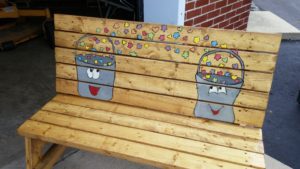
“We’re constantly aware of how we are making other people feel,” Stephanie said. “You’re either pouring into somebody’s life or you’re taking those good feelings away from them. It’s kind of like the golden rule.”
When Stephanie first learned about Carol’s book at an education seminar, she was drawn to Carol’s writing style and the book’s positive message. She decided to create a bucketfilling culture at Van Buren Elementary.
“If anything is going to be successful in a school, you’ve got to have buy-in from your staff,” she said. “We needed to play it out with our teachers first, and we really focused on filling our teachers’ buckets.”
Stephanie introduced the concept at a school staff meeting, and the teachers worked together to implement the idea with students. The teachers have even embraced bucket filling within their monthly staff meetings. Each month, staff members take turns awarding a bucket filled with small prizes to teachers who have exhibited kindness.
At Van Buren Elementary, bucket filling is a theme in every facet of the school day. When Stephanie visits classrooms for character development lessons, she connects bucket filling to other topics such as bullying, time management, and perseverance. During the school’s video announcements, students present skits about bucket filling and share stories about their own experiences with kindness. The building is adorned with bucketfilling banners and decorations, and teachers recognize acts of bucket filling within their classrooms. The teachers even perform a song and dance called “All About That Bucket,” a parody of Meghan Trainor’s song “All About That Bass.”
After implementing these programs, bullying decreased and academic achievement improved. Students even began to use bucketfilling ideas to work through conflicts at school.
“[Students] would say to us, ‘So-and-so dipped in my bucket. This is what they did.’ And they were applying it to their life as they processed through their problems. We just could not believe how much they were internalizing it,” Stephanie said.
When Carol McCloud’s team gave a presentation at Van Buren Elementary, Carol donated over 500 copies of her books so each student could take a book home.
“She made us feel like rock stars,” Stephanie said. “Kindness fills you up even more when you’re not expecting it.”
The author herself is no stranger to unexpected acts of kindness. When Carol was a child, her grandfather showed her the importance of helping others. Whenever she visited him, they would go out for breakfast and secretly pay for another person’s meal.
“He was the happiest person I ever knew, and he was the kindest,” Carol said. “I still have a picture of him on my dresser at home. Truthfully, I still think about him all the time. I really believe that he still sort of exists in me.”
Carol’s grandfather also makes an appearance in her first book. The man on the cover of Have You Filled a Bucket Today? is meant to resemble him. He always encouraged Carol to observe other people and look for ways to help them, which is something Carol has done throughout her life.

“You want to develop a habit of being a bucket filler,” Carol said. “A good way to start your day is to just say, ‘I want to make sure I fill at least one person’s bucket today.’ That’s a wonderful way to live.”
To learn more about Bucket Fillers, Inc., visit https://bucketfillers101.com, and for more information about Carol McCloud’s books, check out https://bucketfillers101.com/publications.




